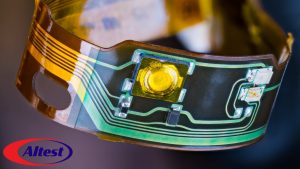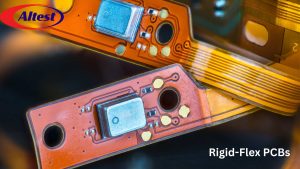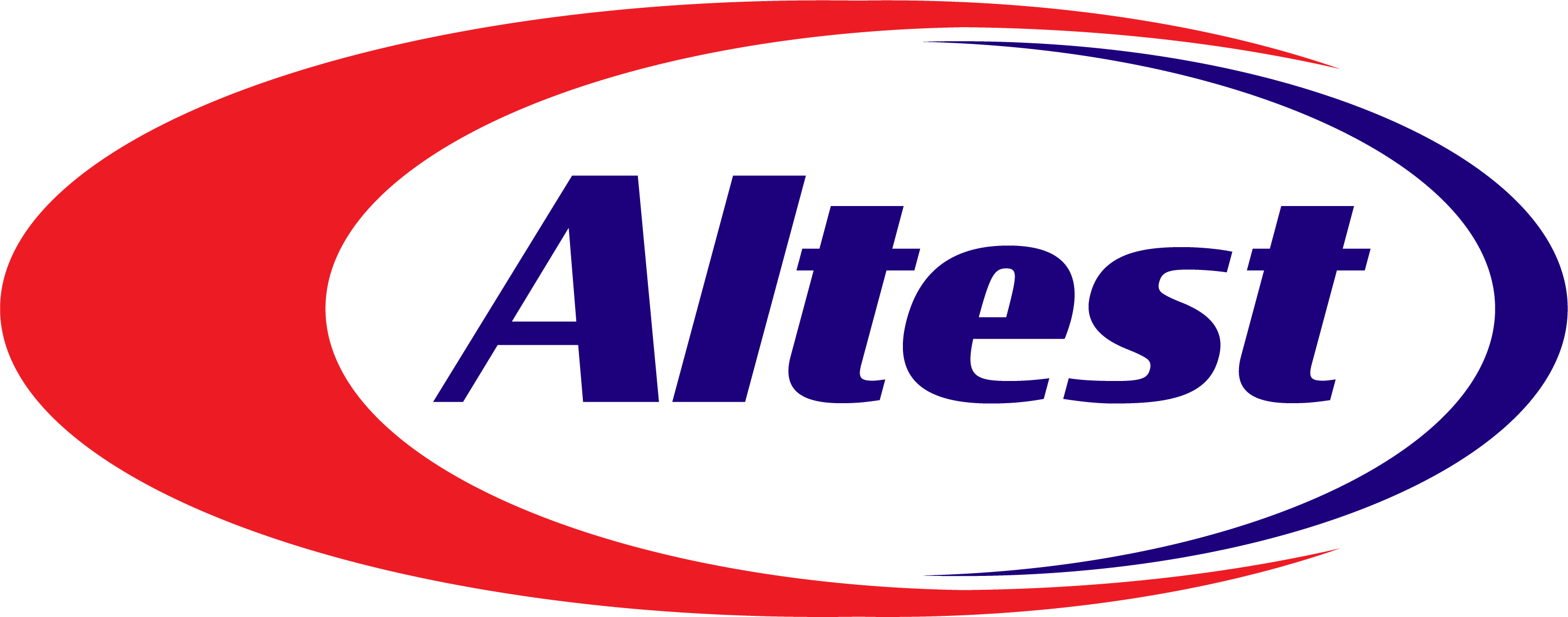In the world of electronics, the demand for smaller, more durable, and flexible devices continues to grow. Enter rigid-flex PCBs (Printed Circuit Boards), a hybrid technology that combines the best of both rigid and flexible circuits. Whether you are an engineer, a designer, or just a tech enthusiast, understanding the intricacies of rigid-flex PCB manufacturing can open up new possibilities in your projects.
In this blog post, we’ll walk you through the entire process of rigid-flex PCB fabrication. You’ll learn about the materials involved, the manufacturing steps, and how this technology can benefit your designs. Let’s get started on this fascinating journey!
What Are Rigid-Flex PCBs?
Rigid-flex PCBs combine the durability of rigid PCBs with the adaptability of flex circuits. This hybrid technology allows designers to create complex, space-saving designs while maintaining robust electrical connections. These boards are commonly used in applications where space is limited, but high performance is required, such as in medical devices, aerospace, and consumer electronics.
Advantages of Rigid-Flex PCBs
Rigid-flex PCBs offer several advantages over traditional rigid and flexible circuit boards. First, they can reduce the overall size and weight of your project, making them ideal for compact devices. Second, they offer enhanced reliability by eliminating the need for connectors and cables, which are common points of failure. Lastly, they provide greater design flexibility, allowing for more complex and intricate layouts.
Materials Used in Rigid-Flex PCB Fabrication
The materials used in rigid-flex PCB fabrication are crucial for ensuring the board’s performance and durability. Typically, these boards are made from a combination of rigid and flexible substrates. The rigid sections are usually made from FR-4, a flame-retardant epoxy laminate, while the flexible sections are made from polyimide, a flexible and heat-resistant polymer. Conductive materials, such as copper, are used to create the electrical pathways.
Design Considerations for Rigid-Flex PCBs
Designing a rigid-flex PCB requires careful planning and consideration. First, you need to determine the layout of the rigid and flexible sections. This will depend on the specific requirements of your project, such as the available space and the desired flexibility. Next, you need to consider the electrical and mechanical properties of the materials you are using. Finally, you need to ensure that your design meets the necessary industry standards and regulations.

The Rigid-Flex PCB Manufacturing Process
The manufacturing process for rigid-flex PCBs involves several steps, each of which is critical for ensuring the quality and performance of the final product. Let’s take a closer look at each step.
Design and Layout Preparation
The first step in the rigid-flex PCB manufacturing process is to prepare the design and layout. This involves creating a detailed blueprint of the board, including the placement of components, electrical pathways, and mechanical features. Advanced software tools are typically used for this purpose, allowing designers to create precise and accurate layouts.
Material Selection and Preparation
Once the design is finalized, the next step is to select and prepare the materials. This involves choosing the appropriate rigid and flexible substrates, as well as the conductive materials. The materials are then cut to size and prepared for the subsequent manufacturing steps.

Layer Stacking and Bonding
The next step is to stack and bond the layers of the rigid-flex PCB. This involves arranging the rigid and flexible layers in the correct order and bonding them together using heat and pressure. The bonding process is critical for ensuring the structural integrity of the board and preventing delamination.
Drilling and Plating
After the layers are bonded, the next step is to drill holes for the vias and through-holes. These holes are then plated with conductive materials, such as copper, to create the electrical connections between the layers. The drilling and plating process must be precise to ensure the board’s electrical performance and reliability.
Etching and Patterning
The next step is to etch and pattern the conductive layers to create the electrical pathways. This involves applying a photoresist to the surface of the board, exposing it to UV light, and then etching away the unwanted copper. The remaining copper forms the electrical pathways and pads for the components.
Solder Mask and Surface Finish
Once the etching and patterning are complete, the next step is to apply a solder mask and surface finish. The solder mask is a protective coating that prevents solder bridges and short circuits during assembly. The surface finish provides a protective layer for the exposed copper and ensures good solderability.
Assembly and Testing
The final step in the rigid-flex PCB manufacturing process is assembly and testing. This involves placing the components on the board, soldering them in place, and performing a series of tests to ensure the board’s performance and reliability. The tests may include electrical testing, mechanical testing, and environmental testing.
Applications of Rigid-Flex PCBs
Rigid-flex PCBs are used in a wide range of applications, thanks to their unique combination of durability and flexibility. Some common applications include medical devices, aerospace, automotive, and consumer electronics. In each of these applications, rigid-flex PCBs offer several advantages, such as reduced size and weight, enhanced reliability, and greater design flexibility.
Challenges and Solutions in Rigid-Flex PCB Manufacturing
While rigid-flex PCBs offer several advantages, they also come with their own set of challenges. One of the main challenges is managing the different thermal and mechanical properties of the rigid and flexible materials. This requires careful design and manufacturing to ensure the board’s performance and reliability. Another challenge is ensuring the quality and consistency of the bonding process. This can be addressed by using advanced bonding techniques and closely monitoring the process.

Future Trends in Rigid-Flex PCB Technology
The field of rigid-flex PCB technology is continually evolving, with new advancements and trends emerging. One of the key trends is the increasing use of advanced materials, such as high-performance polymers and conductive inks. These materials offer improved performance and reliability, making them ideal for use in demanding applications. Another trend is the increasing miniaturization of electronic devices, which is driving the demand for smaller and more compact rigid-flex PCBs.
Conclusion and Next Steps
Rigid-flex PCBs are a powerful tool for modern electronics, offering a unique combination of durability, flexibility, and performance. Whether you are an engineer, a designer, or a tech enthusiast, understanding the rigid-flex PCB manufacturing process can open up new possibilities in your projects. We hope this guide has provided valuable insights and practical tips for creating your own rigid-flex PCBs.
If you’re ready to take your designs to the next level, consider partnering with a professional PCB manufacturer. With their expertise and advanced capabilities, they can help you bring your ideas to life and achieve your design goals.

One Response